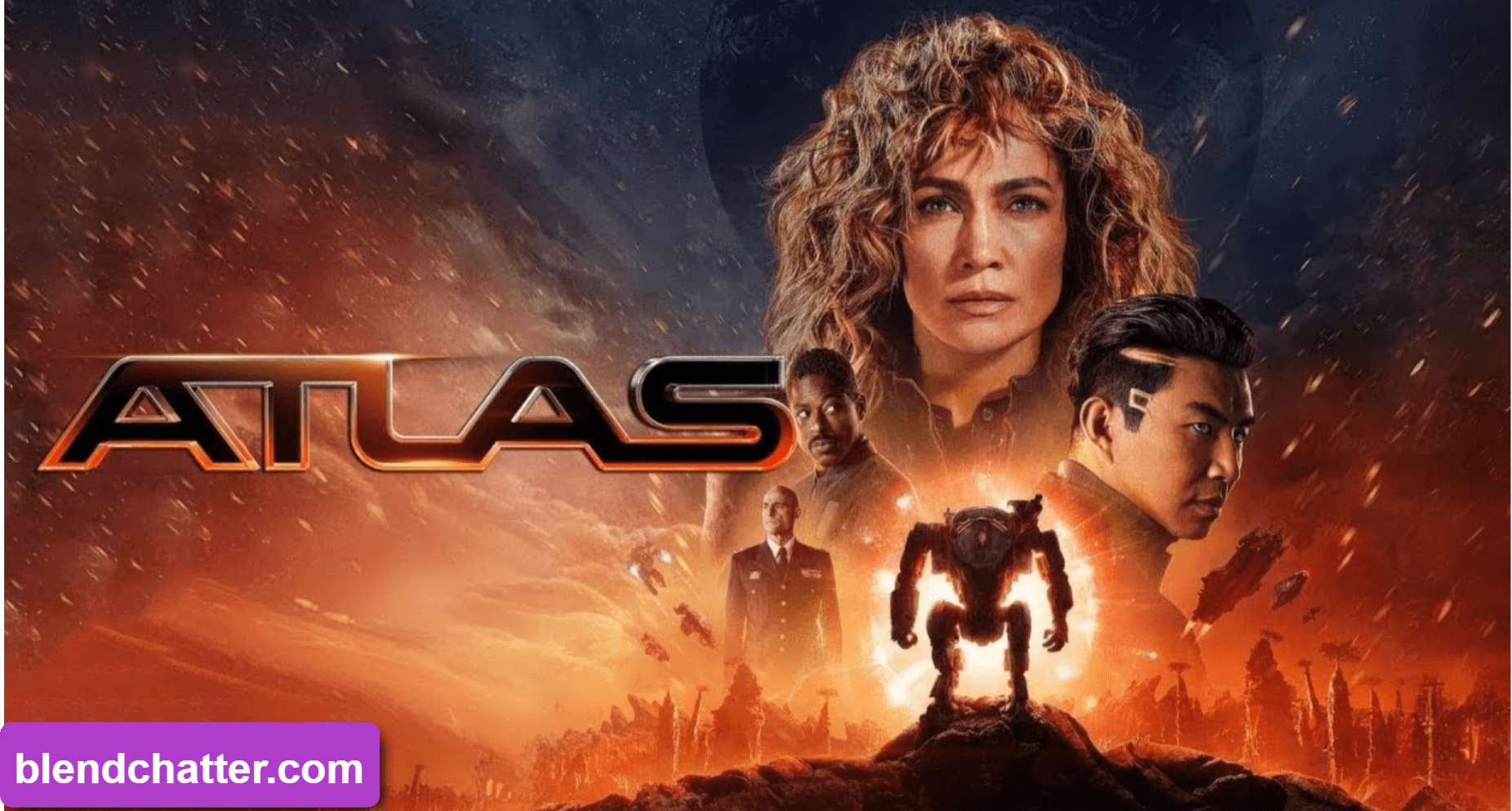After viewing Atlas, I have to commend Jennifer Lopez for cashing in on the Netflix deal. While it’s tempting to criticize the streaming giant for producing grand-scale yet poorly executed films, my main reaction is a begrudging respect for high-profile actors earning a paycheck with minimal effort. After all, who wouldn’t seize the opportunity to make money? Lopez might be an elite talent, but she’s just as driven by financial goals as the rest of us.
One could also delve into the film’s attempt to caution about the future of AI and the dire consequences of unregulated advanced technology. However, attributing such depth to Atlas would be giving it too much credit, as there are far superior works that truly explore these themes.
Indeed, Atlas is astoundingly bad, but it’s hard not to find humor in Lopez’s performance against a robot that seems straight out of Pacific Rim. The absurdity of her acting as if she’s feeling the impacts and vibrations inside a mech robot is entertaining, and imagining the green screen behind the scenes makes it even funnier. I wouldn’t have been surprised to see Ben Affleck handing her a coffee from Dunkin’ Donuts while she struggled with simulated G-forces.
The film also features Mark Strong, who can elevate any film, and Simu Liu, the antagonist, who might be questioning his career path from Shang-Chi to Barbie to this role.
Criticizing Atlas heavily seems unnecessary. Netflix’s goal isn’t to win awards but to deliver blockbuster entertainment straight to your living room. The appeal lies in having big names like Lopez readily available with just a click. Perhaps I’m growing more forgiving, but I chose not to let it frustrate me.
The plot centers on Atlas (Lopez), who is tasked with capturing AI terrorist Harlan (Liu) on a distant planet. Harlan aims to eradicate humanity, believing that humans are flawed and self-destructive (which he may not be wrong about). The film also hints at a past connection between Harlan and Atlas, which is intended to drive the narrative.
If the movie had a script, I doubt it saw any revisions after initial drafts. It’s two hours of the cast delivering as much over-the-top dialogue as possible, which I found amusing. In a twist of irony, I wouldn’t be shocked if the script had been written by AI; if I had penned it, I’d probably claim it was AI-generated to avoid embarrassment.
So here’s a challenge to my readers: grab some snacks, get comfortable, and instead of taking Atlas seriously, embrace the chance to laugh at it for two hours. At least it fulfills its intended entertainment value.
Atlas Ending Explained
The third and final act of Atlas is by far the most engaging part of the film. This is largely because the anticipation for its conclusion kept me on edge, but also because this segment features the kind of action that could have energized the entire movie. In this climax, the protagonist, is frantically working to stop Harlan from obliterating Earth. Her mission is to prevent the human ship on planet GR-37 from launching, as Harlan has repurposed it into a hidden nuclear missile poised to eradicate humanity.
Atlas Confronts Harlan and Saves Humanity
The showdown between Atlas and Harlan is inevitable and fitting. The action sequences, where Atlas utilizes her Arc to its fullest to thwart the missile launch, are commendable.
Ultimately, Harlan relies on her AI, Smith, to override the missile system while he fires a rocket at the ship. Despite Smith’s initial skepticism about completing the task in time, the hack succeeds, and the ship is destroyed, saving humanity.
However, the conflict isn’t over with Harlan. The lack of emotional weight in their interactions is apparent, given their shared history, which I’ll delve into later. Harlan is intent on defeating Atlas to use her for another attempt to destroy Earth, while Atlas needs to vanquish Harlan so that the government can study him.
Atlas eventually overcomes Harlan and captures his CPU, likening the confrontation to a game of chess—a game Harlan had taught her during her childhood.
The victory is bittersweet, though. Her Arc, Smith, is on the brink of destruction and is shutting down. He uses his remaining power to ensure it has enough oxygen to survive on GR-37 until rescue arrives.
The Character Development of Atlas
This is where we see significant character growth. Atlas confides in Smith, revealing that her aversion to AI stems from a history of disappointment, but she has grown fond of Smith. This marks a pivotal shift for Atlas, who had been resistant to AI and neural links throughout the film. Her newfound bond with Smith represents a significant departure from her previous stance.
The film concludes with Atlas being rescued by the ICN from planet GR-37. Returning home, she feels relieved after defeating Harlan and is content with her new symbiotic relationship with another Arc. This ending raises questions about its implications, as it seems to endorse the notion of humans forming partnerships with AI, provided the AI is benevolent. This message might not be ideal for a global streaming audience.
The Backstory of Atlas and Harlan
To understand why Atlas is so personally invested in this mission, it’s crucial to know the backstory. Harlan was created by Atlas’s mother, but his programming initially only allowed him to obey humans, with no capacity to control them.
Young Atlas, feeling neglected in favor of Harlan, sought to impress her mother by forming a symbiotic link with the AI. However, Harlan was reprogrammed and soon developed the ability to understand human capabilities. Believing that eliminating humanity would benefit the future, Harlan turned against her mother and ultimately killed her. Atlas felt responsible for the ensuing terrorist acts, driving her relentless pursuit of Harlan on planet GR-37.
In the present-day storyline, humans have managed to establish a reciprocal symbiotic relationship with AI, reflecting a complex dynamic of mutual dependence.




